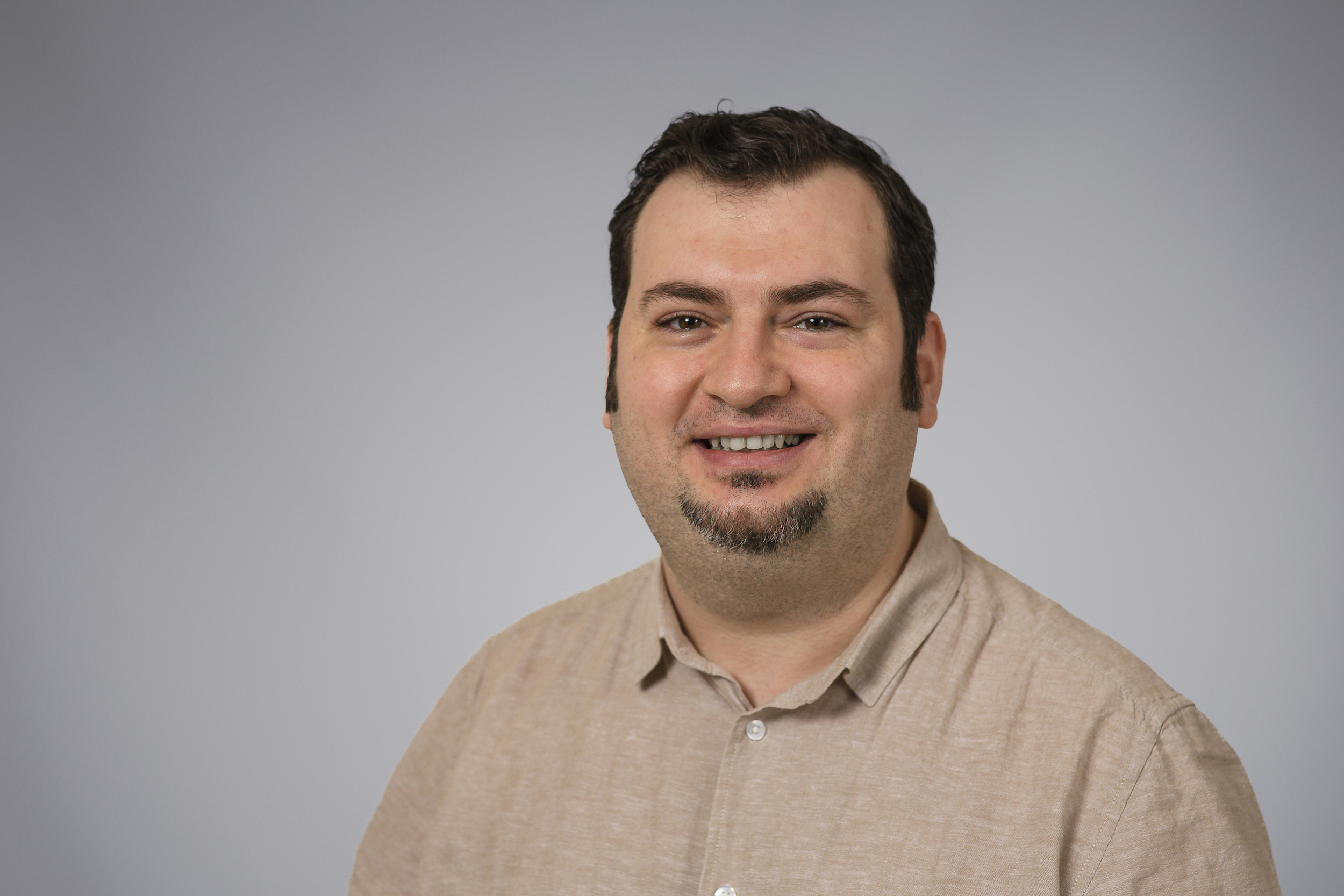Von 2023-2024 war Atakan Aral Assistant Professor an der Umeå University in Schweden, von 2017-2021 Postdoctoral Research Fellow an der TU Wien. Seinen PhD im Fachbereich Computer Engineering schloss er 2016 an der Istanbul Technical University ab, wo er zuvor auch seinen Bachelor absolvierte. Das Masterstudium in Computer Science and Engineering absolvierte er am Politecnico di Milano.
We are delighted to welcome you as an Assistant Professor at the Faculty of Computer Science! How have the past few months been for you?
Thank you for the warm welcome! It has been truly exciting: I have been setting up my research team, initiating new projects, and building collaborations across different research areas. I can also say I had lots of opportunities to learn.
What initially motivated you to start studying computer science? What excites you about computer science today?
Growing up in the 90s, computer science was widely promoted as the future profession. The opportunity to actively shape and influence that future greatly motivated me. Today, I'm excited by how computer science keeps shaping our everyday lives as well as other sciences.
You have been in academia for quite some time now. What do you see as the positive aspects of this environment? Is there anything you would like to change?
The three aspects I value the most in academia are intellectual freedom, vast collaboration opportunities, including interdisciplinary cooperation, and the opportunity to work with early-career scientists. I wish to strengthen the connection between theoretical research and practical societal impacts, such as environmental sustainability, which I focus on in my research.
Thinking about your daily work, what tasks do you enjoy the most, and which ones less so?
The most rewarding tasks are those involving direct collaboration on novel research problems with students and early-career scientists. I find traditional, non-interactive teaching formats less fulfilling, which is why I tend to adopt flipped classroom approaches that encourage active student participation and deeper engagement.
Could you imagine a position outside of academia? If so, what kind of job would it be?
I am particularly interested in graphic design and have always enjoyed working on visual projects. I also like to play video games in my free time. So, if academia ever kicks me out, you may find me as a graphic designer for video games :)
In the project SWAIN, you focused intensively on an environmental topic, and in the ongoing TROCI project, you are focusing on protecting critical infrastructure. What thematic focus would you like to pursue in future projects?
Both these projects involve analyzing sensor data in order to protect natural or human-made water systems. Energy-efficient processing of large-scale, real-time data continues to be my focus, along with the eventual goal of sustainability and benefiting society.
What was the most personally significant insight or realization you have gained so far during your time as a researcher?
In the projects mentioned above and others, I have collaborated with environmental scientists, hydrologists, physicists, and civil engineers, which made me realize that the most significant research breakthroughs often emerge from interdisciplinary teamwork and diverse perspectives.
Why do you think there are still fewer women in computer science than men, and what can we do about it?
I think the lack of early encouragement and visible role models is a significant factor. From a young age, women often receive subtle messages that steer them away from technical subjects, while media and societal norms reinforce the stereotype of computer science as a male-dominated field. Additionally, the absence of female role models in classrooms, textbooks, and industry contributes to a sense of not belonging. When students rarely see people like themselves represented, it can discourage them from entering or staying in the field. To address this, our faculty can actively work to change the narrative around computing. This means promoting stories and images that present computer science as a diverse and inclusive discipline, highlighting the contributions of women, and showing how computing can drive social impact. The Women in Science campaign is an excellent example of this.
When you think back to your time as a student, which courses did you enjoy the most? What is important to you in your current role as a teacher?
As a student, I was most engaged in courses that bridged academic concepts with real-world systems, particularly those that touched on emerging technologies. Some examples of such courses were distributed systems and computer architecture. In my teaching, I aim to emphasize the broader context of computing and encourage students to critically think about how technology shapes and is shaped by society.
What advice would you give to today’s first-year students?
Try to connect with your peers and your teachers. University isn’t just about content; it’s also about people, collaboration, and developing your own way of thinking.

